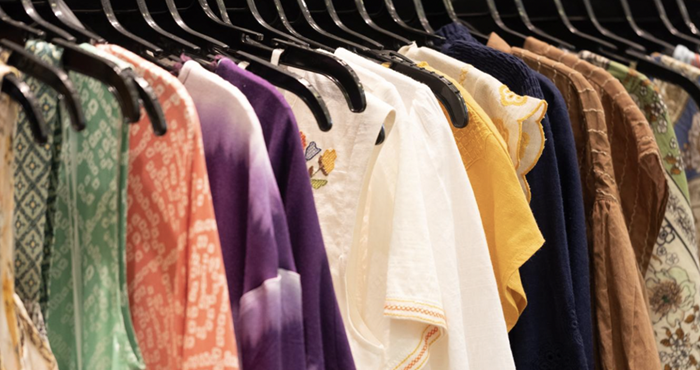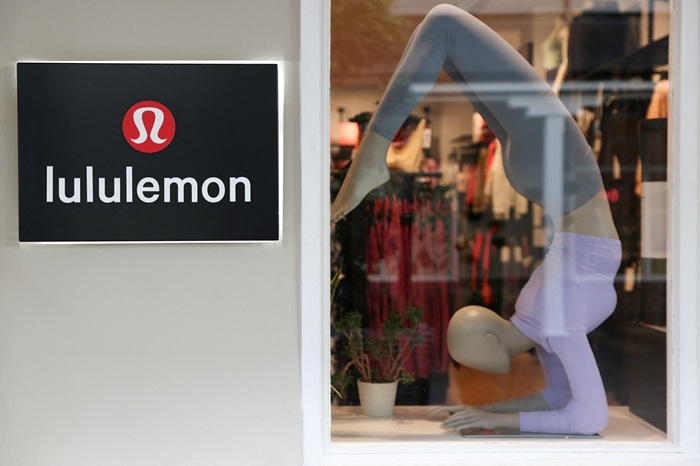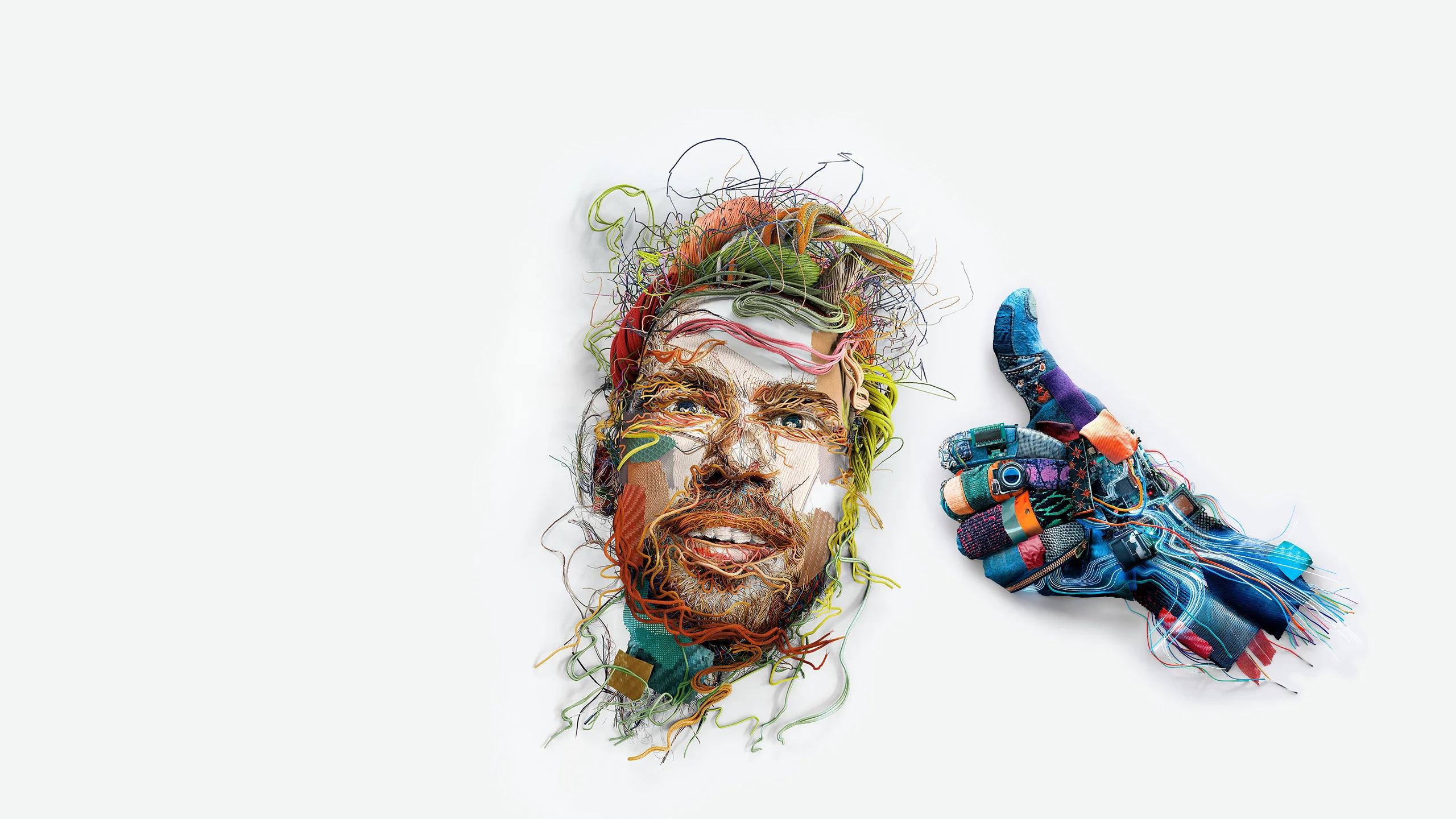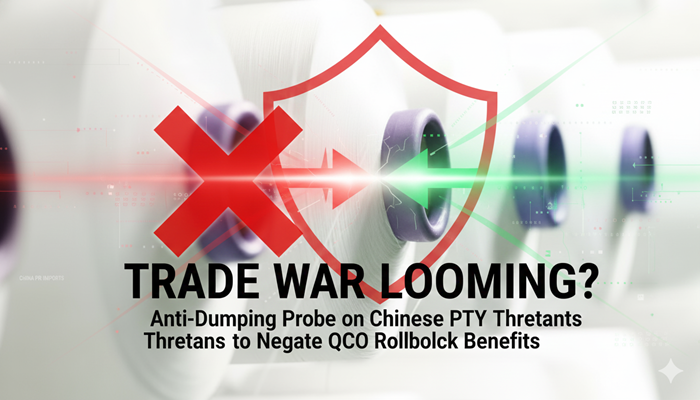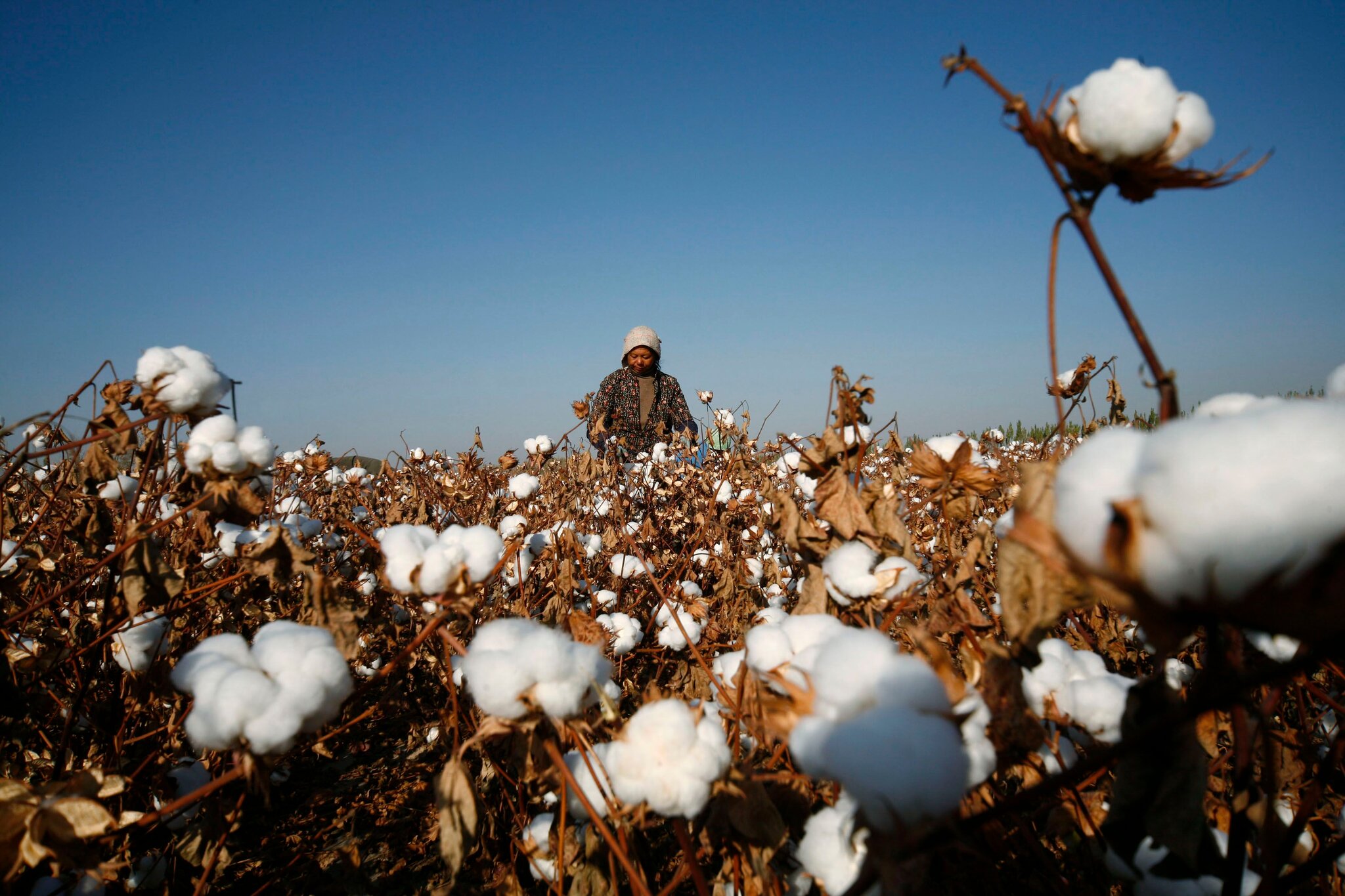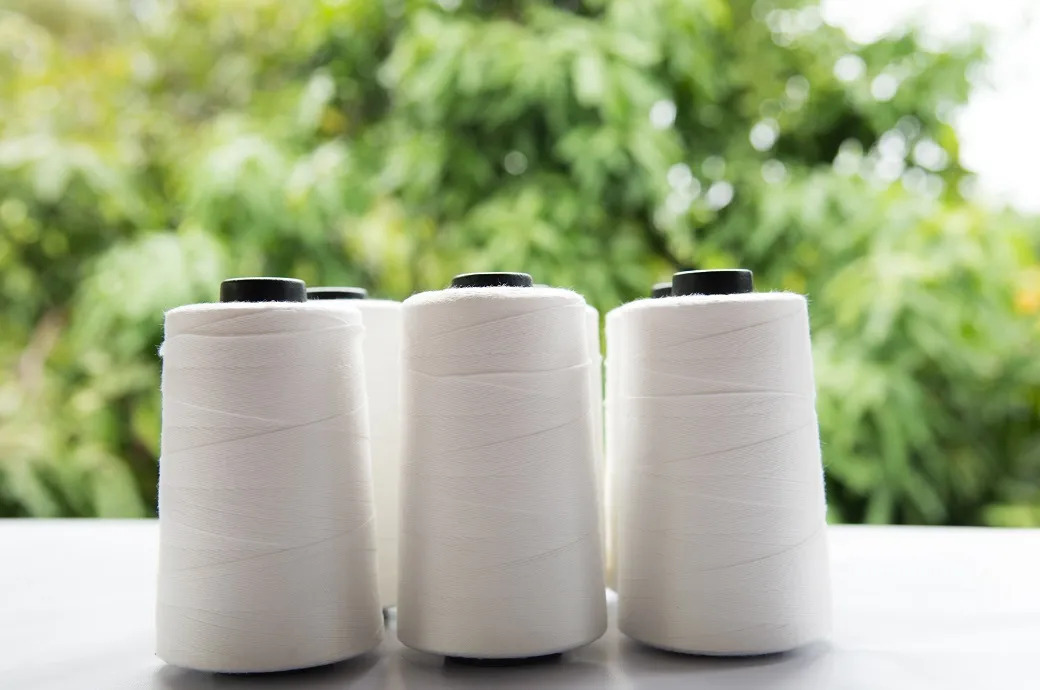
While the global narrative centers on diversifying supply chains away from China (China Plus One), a subtler, yet potentially more impactful, scenario is unfolding in the textile and apparel sector. Is China, the undisputed giant of global textile manufacturing, strategically maneuvering to keep India, its closest competitor, out of this lucrative shift?
Industry analysts and financial experts say the answer is a resounding yes. A quiet, calculated strategy is underway, where China is subtly reshaping the global textile and apparel production network, ensuring India remains a peripheral player.
The silent chess game
"No noise. No headlines. Just silent industrial chess," asserts Vivek Khatri, a chartered accountant and finfluencer, echoing the sentiment of many observers. While India focuses on policy dialogues and summitry, China is actively redrawing the supply chain map, particularly in labor-intensive sectors like textiles and apparel, where India possesses a competitive edge.
While China's overall inbound Foreign Direct Investment (FDI) has significantly declined, its outbound investments are growing, but not towards India. As an analysts says, "Beijing’s strategy shifts dramatically when it comes to India. Despite India’s population overtaking China’s and its economy growing, Chinese firms are holding back." This disparity is crucial in the textile sector, where investments in new manufacturing facilities and supply chain infrastructure are vital.
China's outbound investment: Data indicates Chinese companies are strategically investing in countries that offer favorable trade agreements and align with their geopolitical interests. These investment often involve establishing or increasing textile and apparel manufacturing bases, but excluding India.
India's FDI challenges: Despite India's demographic advantage and growing market, FDI into its textile and apparel manufacturing sector remains tepid. Industry reports suggest, many international textile firms that consider India ultimately choose other destinations.
Export control: There are reports indicating China is quietly restricting the export of key textile machinery and inputs to India. This could hinder India's efforts to upgrade its manufacturing capabilities.
Textile & apparel specific hurdles
India's ambition to become a major textile and apparel export hub faces several internal and external challenges.
High import tariff is a major one. India's high import tariffs on textile machinery and components increase production costs, making it less competitive compared to countries with more liberal trade policies. The country’s rigid labor laws too, create operational hurdles for global apparel manufacturers accustomed to more flexible environments.
Infrastructure bottleneck is another bugbear. Inconsistent and fragmented infrastructure further complicates logistics and supply chain management. China's supply chain integration is another plus for them. Countries like Vietnam a major textile and apparel exporter benefit from their deep integration with China’s existing supply chains, making them a natural destination for companies relocating from China.
The missed opportunity
The ‘China Plus One’ strategy, designed to diversify manufacturing away from China, has largely benefited Southeast Asian nations like Vietnam and Bangladesh. These countries have seen a significant influx of textile and apparel investments, while India has struggled to capitalize on this shift. In fact as a trade expert points out, foreign investors are increasingly asking if India will seize this rare opportunity or let Vietnam and Mexico solidify their lead.
India's response
Interestingly, India's policymakers are aware of these challenges. The government is offering incentives to boost textile and apparel manufacturing, and actively pursuing trade deals to improve market access. However, addressing the underlying infrastructure and regulatory issues is crucial.
Despite its maneuvers, China faces a dilemma. As noted by the Observer Research Foundation, Chinese textile and apparel firms must decide whether to cede ground to Western competitors in India or risk building up India's manufacturing capacity.
China's actions raise serious concerns about India's ability to capitalize on the ‘China Plus One’ opportunity in the textile and apparel sector. While India possesses the potential to become a global manufacturing powerhouse, it must overcome significant hurdles and counter China's silent strategy to secure its place in the evolving global supply chain. The coming years will be critical in determining whether India can break free from China's shadow and realize its textile and apparel manufacturing ambitions.


